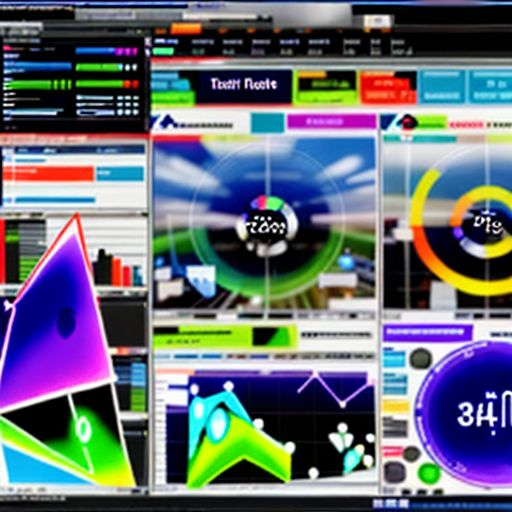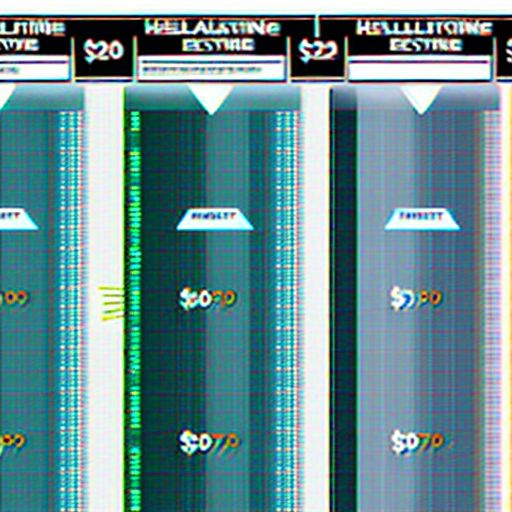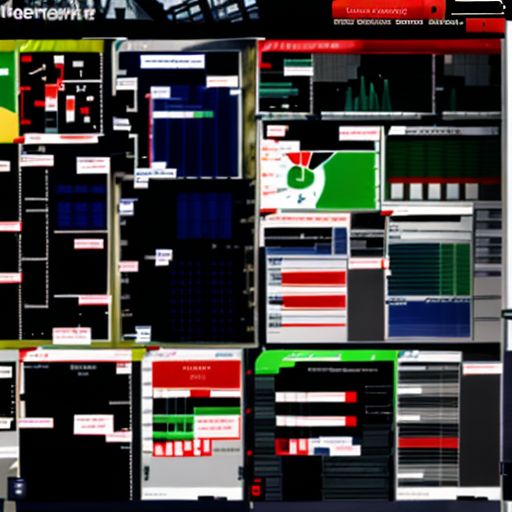Imagine this: a major cyberattack cripples your company’s network, or a natural disaster disrupts your supply chain. These critical events can bring your operations to a grinding halt, impacting your bottom line and reputation. This is where Critical Event Management Software comes in, acting as your digital shield against the unexpected.
Understanding the Importance of Critical Event Management Software
Critical event management (CEM) software is designed to help organizations prepare for, respond to, and recover from disruptive incidents. It provides a centralized platform to manage all aspects of a crisis, from initial assessment and communication to resource allocation and post-event analysis.
Why is Critical Event Management Software Crucial?
In today’s interconnected world, businesses face a growing number of threats, from cyberattacks and data breaches to natural disasters and pandemics. These events can have a significant impact on an organization’s operations, reputation, and financial stability.
CEM software offers a lifeline by:
- Enhancing Situational Awareness: Providing real-time visibility into developing situations through dashboards, alerts, and data aggregation from various sources.
- Streamlining Communication: Facilitating rapid and effective communication with stakeholders, including employees, customers, and emergency services.
- Automating Response Processes: Triggering pre-defined workflows and procedures to ensure a coordinated and efficient response.
- Improving Decision-Making: Offering data-driven insights and analytics to support informed decision-making during critical events.
- Minimizing Downtime and Losses: Reducing the impact of disruptive incidents by enabling quicker recovery and business continuity.
management.lux36.com/wp-content/uploads/2024/07/Critical-event-management-software-dashboard-6694db.jpg" alt="Critical Event Management Software Dashboard" width="512" height="512">Critical Event Management Software Dashboard
Key Features of Critical Event Management Software
When choosing CEM software, consider these essential features:
1. Risk Assessment and Planning
- Threat Identification: Tools to identify potential threats and vulnerabilities specific to your organization and industry.
- Risk Analysis: Capabilities to assess the likelihood and impact of various risks.
- Plan Creation: Features to develop and store comprehensive response plans for different crisis scenarios.
2. Communication and Collaboration
- Mass Notification System: Ability to send alerts and updates to employees, customers, and other stakeholders through multiple channels (e.g., SMS, email, voice calls, mobile app notifications).
- Two-Way Communication: Functionality for real-time communication and information sharing between teams and individuals.
- Collaboration Tools: Secure messaging, file sharing, and task management features to facilitate teamwork during incidents.
3. Incident Management
- Incident Logging and Tracking: Centralized system to record, track, and manage all incident-related information.
- Task Management and Workflow Automation: Tools to assign tasks, track progress, and automate predefined response processes.
- Resource Management: Features to track and allocate resources effectively during an event.
4. Reporting and Analytics
- Real-Time Dashboards: Visualizations of key metrics and data to provide a clear overview of the situation.
- Customizable Reports: Ability to generate reports on incident details, response effectiveness, and areas for improvement.
- Post-Incident Analysis: Tools to conduct thorough reviews of past incidents to identify lessons learned and enhance future response plans.
Choosing the Right Critical Event Management Software
Selecting the right CEM software is crucial for your organization’s resilience. Consider these factors:
- Industry-Specific Needs: Some solutions cater to specific industries with unique risks and regulatory requirements.
- Scalability and Flexibility: Choose a platform that can adapt to your organization’s changing needs and growth.
- Integration Capabilities: Ensure seamless integration with your existing IT systems and communication channels.
- User-Friendliness: Opt for a solution with an intuitive interface that is easy for all stakeholders to use.
Conclusion: Investing in Resilience
In today’s unpredictable landscape, critical event management software is no longer optional – it’s a necessity. By investing in the right solution and fostering a culture of preparedness, you can protect your organization, employees, and reputation from the unexpected.
What are your thoughts on the importance of critical event management in today’s business world? Share your perspectives in the comments below!




